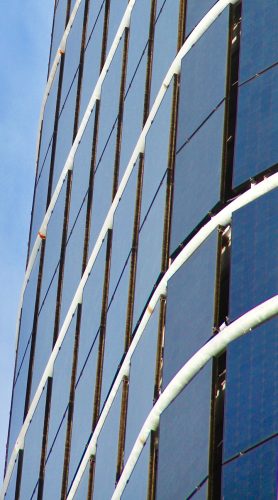If your friend installed solar panels, you most likely would too. Recently, researchers investigated community campaigns in Connecticut that took advantage of these effects, in a study led by Duke professor Bryan Bollinger and Yale professor Kenneth Gillingham. They found that increased visibility of solar panels in neighborhoods, word-of-mouth campaigns, and town events can make solar installation “contagious.”
The Solar Energy Evolution and Diffusion Studies 1 (SEEDS 1) project focused on analyzing Solarize campaigns, which aim to increase solar adoption. Specifically, the researchers studied Solarize campaigns in Connecticut that used two main strategies: grassroots marketing and group pricing, a pricing scheme that reduces cost of solar installation as more people install solar panels. Gillingham and Bollinger found that group pricing did not lead to increased solar installation. However, 20-week campaigns were more effective than 10-week campaigns by allowing for more word-of-mouth.
Gillingham and Bollinger are now working on a SEEDS 2 project, asking another research question: “How can these campaigns reach low and moderate-income households?” Their hypothesis is that changing the messaging of the campaign to focus on either the community aspect or the financial attractiveness of solar installation will increase solar adoption in these households. In South Carolina, they are investigating whether access to shared solar – owning a share of a solar farm instead of installing panels on a rooftop – increases solar adoptions by low and moderate-income households.
“In the past, people have just run the campaigns, and we were the first ever to test how to run the campaigns,” said Gillingham. Even though the research is still ongoing, solar advocates can immediately apply these findings in solar adoption campaigns around the country.

